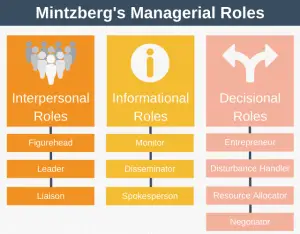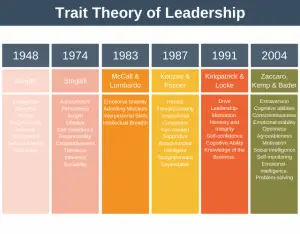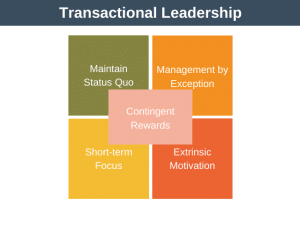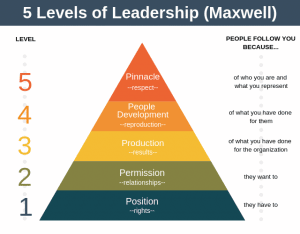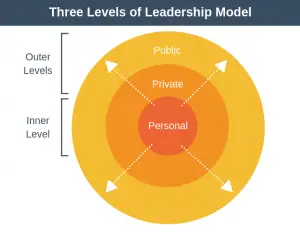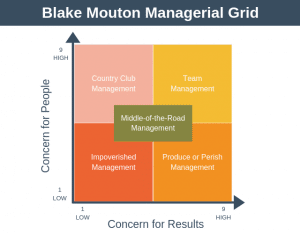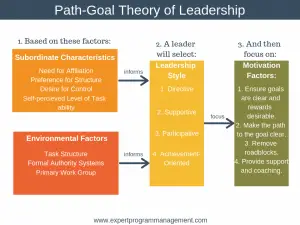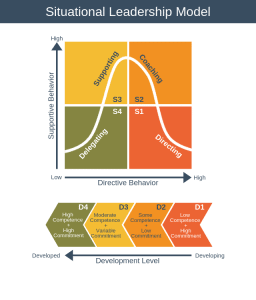The culture model developed by Edgar Schein, sometimes called the cultural triangle, the three levels of culture model, or iceberg model can be used to understand and shape an organization’s culture.
If your organization is like most others, it will spend a lot of time discussing its “culture” and importance. However, if your organization is like others, it won’t spend any time understanding what the culture actually is, how it came to be, and how it’s related to the survival of the organization.
Background
Edgar Henry Schein is a Swiss-born organizational psychologist and former MIT Sloan School of Management professor.
Organizational Culture Definition
It’s common for an organization’s leaders to claim a culture of x or culture of y, and while there may be some culture shared across the whole organization, the real culture of an organization exists within small teams or sets of people within that organization.
These sets of people have usually worked together for some time and have a shared history of successfully overcoming problems. Culture, ultimately, comes about through the behavior of individuals.
Schein defines culture as everything an organization has learned throughout its history. Culture isn’t just how people feel; it is also about how people think and respond to things as a group.
Extra Detail
To be a little more precise than the simple definition of culture we’ve just given, Schein actually defines culture as:
- A pattern of shared basic assumptions that are invented, discovered, or developed by a given group, as it learns to cope with its problems of external adaption and internal integration, that have worked well enough to be considered valid and, therefore, is to be taught to new members of the group as the correct way to perceive, think, and feel concerning those problems.
The Culture Model
Edgar Schein’s culture model is a tool that can help you understand your organization’s culture. The model says that there are three different layers to every organizational culture:
- At the top, we have artifacts, which sit on top of:
- Values, which sit on top of:
- Assumptions.
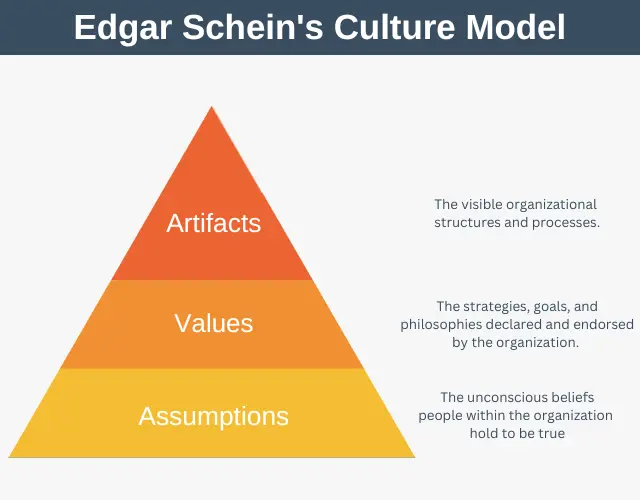
It helps to think of this as an iceberg where the artifacts are the most visible part. Just like an iceberg, only about 10% of organizational culture is easily visible.

Let’s examine each of the levels in more detail:
1. Artefacts
Artifacts are those elements of culture that are easy for outsiders to the organization to observe, the visible organizational structures and processes.
Although artifacts can be easy to see, they can be hard to decipher. For example, suppose you’re looking at an organization and seeing its organizational structure. You can see it quickly, but it’s hard to interpret why it is the way it is and what it means at a deeper level.
To really make sense of artifacts, you must dig deeper, leading us to values.
2. Values
Suppose you have an organizational structure as an artifact. Beneath that, you’ll have a set of values that caused you to set up this structure in the first place.
Values, often referred to as espoused values, are harder to see than artifacts. They are the strategies, goals, and philosophies declared and endorsed by the organization. These are the reasons why the organization chooses to do things in certain ways, and it’s why one particular artifact might look the way it does.
3. Assumptions
The organization’s assumptions are the unconscious beliefs that the people within the organization hold to be true, but without ever challenging, testing, or verifying them for themselves.
Because assumptions are unwritten and usually unspoken, they can be challenging to ascertain, and you’ll unlikely discover them quickly. You can think of assumptions as the foundation or cause of the parts of the pyramid above.
How to Apply The Schein Model
Let’s briefly look at a simple process you can use to use the culture model, and then we’ll look at an example. The method we propose looks like this:

1. Focus on a specific business problem
Culture only really matters when there is a problem, much like your personality only matters if there is a problem. If your organizational culture is adaptive and can change automatically to new internal and external realities, then you don’t have a problem, and you don’t need to fix your culture.
If you have a problem, however, the first step is to spell out the problem as specifically and precisely as possible.
2. Engage a group to find out what’s causing the problem
Culture exists in groups, so this step involves getting a group of your people together who can get to the bottom of what’s causing your business problem.
In this step, you use the culture model to understand how the different levels of culture apply to your problem.
3. Create the right environment
To ensure your group has the best chance of getting to the root of the problem, create a safe space for their discussions.
Anything someone says in the group discussion should not be used against them later. It should be a safe place to speak your mind, question the status quo, speak up to managers, and play devil’s advocate.
4. Specify the change goal
Once your group has identified what’s causing your business problem, ask the question:
- What would behavior look like a year from now if we solved this problem?
Answering this question will help you move away from understanding your problem and towards thinking about how to solve your problem.
5. Build a change program to rectify
Now that you’re clear on where you’re going, it’s time to put together a change program to make it happen.
One of the more popular change approaches is Kotter’s 8-step model.
The change program should include steps like getting senior management on board and targeting quick wins, so you start to see results and build momentum fast.
Your change program doesn’t need to be huge in scale. It simply needs to fix your business problem.
Edgar Schein Culture Model Example
Let’s work through the steps above for a straightforward example.
1. Focus on a specific business problem
For this example, we’re going to imagine an organization that believes its overall sales are suffering because its individual salespeople are working against each other.
2. Engage a group to find out what’s causing the problem
To investigate the problem, you put together a focus group consisting of multiple salespeople and several sales managers.
Using Schein’s culture model, you investigate the problem and see that at the:
- Artifact level: Salespeople undercut each other to win a bonus over their sales colleagues. This is beneficial to the individual but detrimental to the organization.
- Values level: Competition is encouraged between salespeople, and their entire reward structure is set up to support this. Sales managers are also rewarded based on the total value of sales, not collaboration.
- Assumptions level: You find that the organization’s founder set things up the way they are currently based on the assumption that individuals perform best when they stand to win from their actions.
3. Create the right environment
To create the right environment, you not only allow people to speak freely but consider allowing people to make mistakes as you move into a new way of working.
4. Specify the change goal
You specify the salespeople behavior one year from now to be:
- Salespeople work collaboratively to create the best outcome for themselves and the organization.
5. Build a change program to rectify
Its outside of the scope of this article to show you how to put a change management program together, but some simple steps you could take to reach your goal include:
- Create a simple system allowing the first salesperson that receives a customer inquiry to be the one to receive the commission. Doing this would stop your salespeople from undercutting each other.
- Change your bonus structure so it doesn’t solely focus on what was achieved but also on how it was achieved.
Advantages and Disadvantages
There are several advantages and disadvantages associated with Edgar Schein’s culture model.
Advantages
- The model provides a mechanism or lens to think about and frame organizational culture.
- The culture model encourages you to think more deeply about culture by breaking culture down into levels.
Disadvantages
- There is no one definition of organizational culture, so the model that works best for you will likely depend on what culture means to you.
- Individuals drive cultures, so what you think is a cultural problem may just be an issue with one or several individuals.
Summary
Edgar Schein’s culture model is a tool that can help you understand your organization’s culture. The model says that there are three different layers to every organizational culture:
- At the top, we have artifacts, which sit on top of:
- Values, which sit on top of:
- Assumptions.

